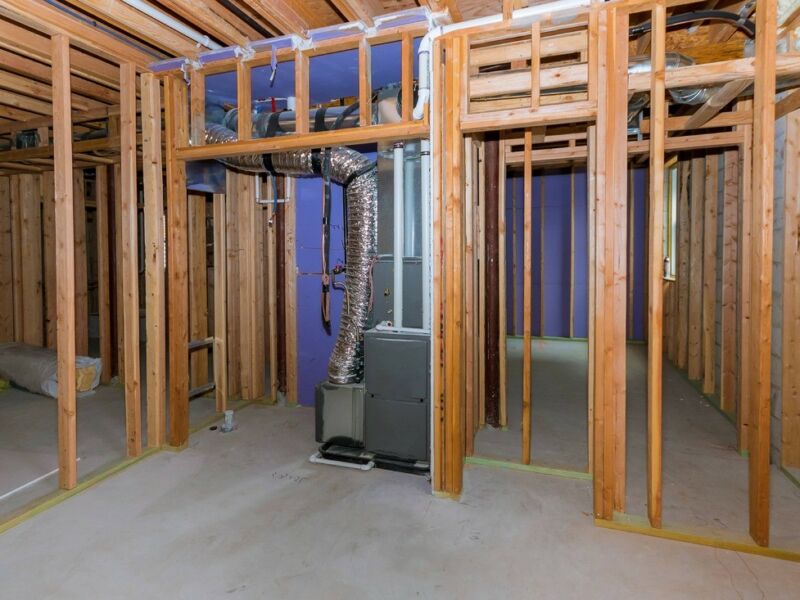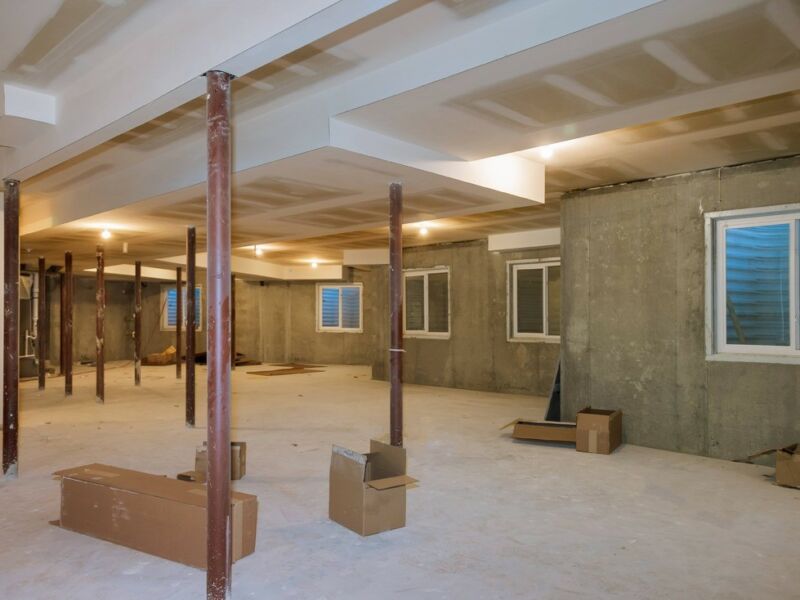
Hilarious Water Damage Restoration Fails: Laugh and Learn
Water damage can be a disaster for homeowners. Whether it’s a burst pipe, a leaky roof, or a flood, dealing with water damage requires prompt action to prevent further damage and restore your property. While some homeowners opt for DIY water damage restoration, there are plenty of hilarious mistakes that can be made along the way. In this article, we will explore some of the most memorable water damage DIY fails and provide you with tips on how to avoid them.
The “Bucket Brigade” Fail

One common mistake in DIY water damage restoration is relying solely on buckets to remove standing water. While buckets can be helpful in the initial stages, they are not sufficient for larger-scale flooding or structural damage. Attempting to remove large volumes of water using buckets alone can lead to frustration, inefficiency, and potential safety hazards. Instead, it is recommended to invest in a wet-dry vacuum or contact a professional water extraction service for faster and more effective results.
The “Delayed Drying” Disaster
Another major water damage restoration fail is failing to properly dry the affected areas. After extracting standing water, it is crucial to thoroughly dry all surfaces, including walls, floorings, and furniture. Neglecting proper drying techniques can result in mold growth, structural damage, and unpleasant odors. To avoid this mistake, use industrial-sized fans, dehumidifiers, and professional drying equipment to ensure complete and efficient drying.
The “DIY Mold Removal” Debacle
Mold growth is a common consequence of water damage. However, attempting to remove mold without proper knowledge, equipment, and protective gear can lead to disastrous results. Many DIY enthusiasts make the mistake of using regular household cleaning products and scrubbing vigorously, which can actually spread mold spores and worsen the contamination. It is crucial to address mold issues promptly and seek professional mold remediation experts who have the necessary expertise, tools, and protective equipment to safely remove mold and prevent further spread.

The “Repairing Without Inspection” Blunder
After water damage, it can be tempting to jump straight into repair and restoration without a thorough inspection. However, this can lead to overlooking hidden issues such as structural damage, electrical problems, and compromised insulation. DIY enthusiasts often prioritize cosmetic fixes without addressing the underlying problems, resulting in recurring water damage and costly repairs down the line. It is essential to conduct a detailed inspection or hire a professional water damage restoration company to assess the extent of the damage and recommend appropriate repairs.
Avoiding Water Damage Mistakes: Tips for Successful Restoration
Now that you know some of the hilarious water damage restoration fails to avoid, here are a few tips to ensure successful restoration:
1. Act Fast:
Water damage can worsen quickly, so it’s important to take immediate action. Identify the source of water intrusion and shut it off, if possible. Then, begin the cleanup process promptly.
2. Prioritize Safety:
Ensure your safety and the safety of others by turning off electrical power to the affected areas. Use protective gear such as gloves, masks, and goggles to avoid exposure to contaminants.
3. Call for Help:
While some minor water damage can be handled DIY, it’s best to contact professionals for significant or extensive damage. Water damage restoration experts have the skills, experience, and equipment to mitigate the damage effectively.
4. Document the Damage:
Before beginning the restoration process, thoroughly document the damage for insurance purposes. Take photos and videos of affected areas and damaged belongings.
5. Properly Dry and Dehumidify:
Ensure proper drying and dehumidification to prevent mold growth and further damage. Use fans, dehumidifiers, and open windows to promote airflow.
6. Address Mold Promptly:
If you notice mold growth, take immediate action. Contact mold remediation experts who can safely remove the mold and prevent its recurrence.
7. Consider Professional Repairs:
For structural damage, electrical issues, or complex repairs, it is advisable to hire professionals. They have the expertise to restore your property safely and efficiently.
8. Regular Maintenance and Inspections:
Prevent future water damage by conducting regular inspections, addressing maintenance issues promptly, and taking preventive measures such as waterproofing basements and sealing roofs.
Links to Relevant Resources
For more information on water damage restoration and related topics, you may find the following resources helpful:
- Water Damage Restoration Vs. Water Mitigation
- The Best Water Damage Restoration Services of 2023
- Best Water Damage Restoration Services of 2023



